How to deal with the death of an animal
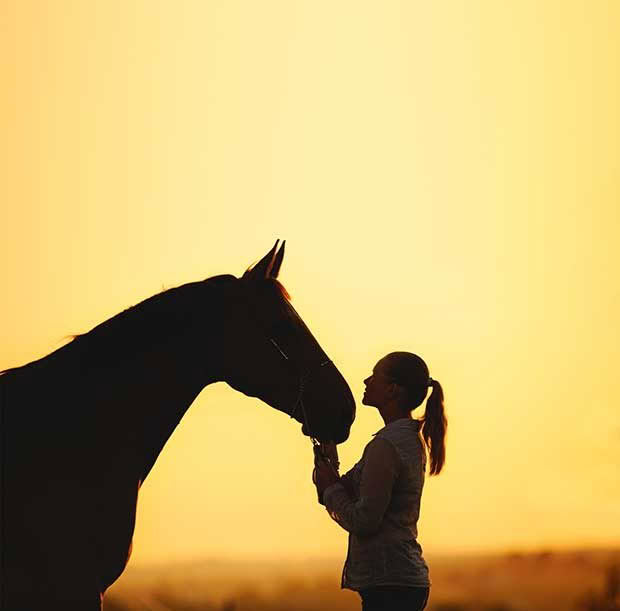
Unless your pets are cockatoos and turtles, you are probably going to outlive them, which means sooner or later you need to deal with death.
Words: Sheryn Dean
Whether it’s euthanising a beloved companion or turning the beefy into steaks, ending the life of an animal is part of farming and inescapable. Doing it painlessly and with compassion, and doing it when necessary, is what makes a good farmer.
Death is the subject I discuss the most with visiting wwoofers and townies. Often these are people who have been completely removed from ever seeing the life force depart from anything. Many are vegetarian on principal.
I believe this isolation from an inescapable part of life is detrimental. Death is unavoidable. By keeping it hidden and unknown it becomes huge and scary. Exposing children to the concept of life and death is an essential part of their education and is just one of the valuable lessons learnt during life on a lifestyle block.
EUTHANASIA
Putting down your best friend is one of the hardest calls to make. The decision to choose the death of a faithful pet who has been loyal to you for years seems the worst betrayal.
For everyone and every situation this is going to be different.
I have asked veterinary surgeons for their opinion on several occasions, and received very non-committal replies. It is either standard training or I have a very diplomatic vet.
Who’s to know what is wrong and right in these cases? I can only tell you of my own experiences and each of these has been quite different.
THE PRACTICAL DEATH
My pony club horse fell and twisted his knee. He had been mostly retired for many years because another leg was dodgy. After this he spent the night in obvious agony, going from one foot to the other.
Living rurally meant a vet visit would have been expensive, and then we would have had to deal with a body. We only had shovels in the middle of a high summer when the ground was like concrete.
I have previously had to burn horse carcasses we couldn’t bury and it is a particularly unpleasant thing to do.
I called a fellow farmer with a gun license, and we shot and butchered it for dog food. A wanna-be boyfriend who was staying at the time didn’t know whether to be horrified, impressed or possibly just scared.
But the horse was instantly out of his pain while he was in a familiar and settled place on his home ground. Once they are dead, they are dead, and the dogs still need to eat.
Where I live now, the pet food guy will come to the property and kill the animal before carting it away, which is much more humane.
BEFORE TIME
My next experience was with Chami, my loyal canine companion and best buddy through some tumultuous teenage years and unsettled 20s. She was by my side day and night for 16 years, except for a stint when I was overseas.
One day she didn’t follow the horse when we went mustering.
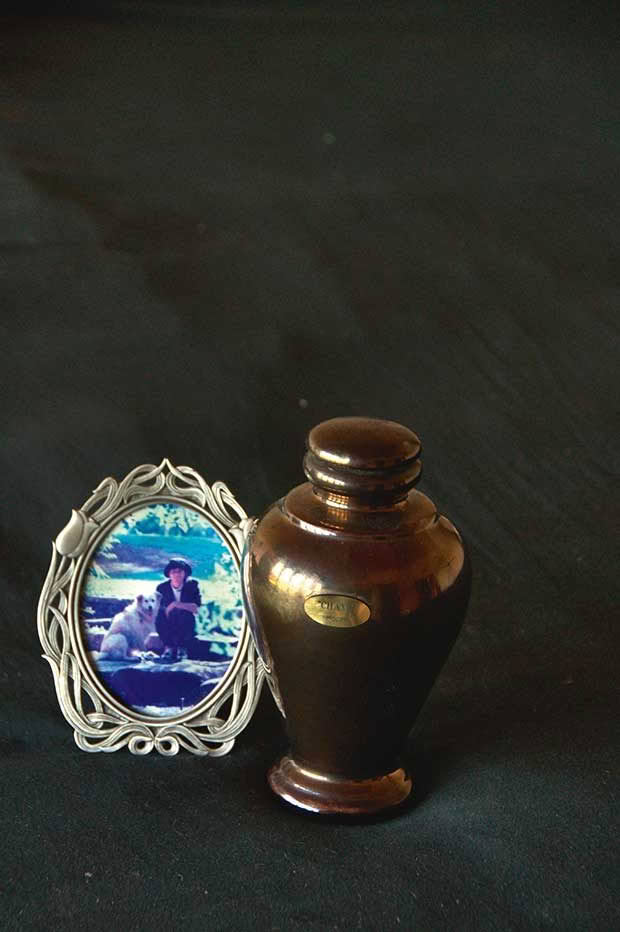
A little memorial for Chami.
Several years later she sat down at the gate when we went for our morning jog.
Now she was not going far from the front door and needed to be let out at least once a night. She was stiff, old and incontinent. People urged me to “put her out of her misery”.
I bought a bulk supply of her favourite food and sat with her and cried until the vet came. At the last moment, I knew it was the wrong call, but it was too late. I don’t think she had been in undue pain and I wished I had let nature take its course, for a while longer at least.
I still miss her and believe I didn’t do the right thing. However, having her comfortable at home was worth the cost of a call-out fee, and I take my hat off to the local vets who were compassionate-plus.
GETTING IT RIGHT
When my cat (who had been Chami’s buddy) developed a cancerous growth I was determined not to end her time before she was due. Modern advances and medicine, I decreed, were for easing pain, not cutting short life and depriving animals of the natural experience of dying. I turned deaf ears to other’s opinions as Smudge’s growth got larger, coat mankier and body skinnier.
I offered her treats and spoils to encourage her to eat and ensured she got her daily dose of painkillers to keep her comfortable.
But one day she told me it was enough. She declined to eat anything at all and made it quite clear it was her time. The compassionate vet came once again and this time I knew it was right. No regrets.
REACHING THE LIMIT
A few years later, while the vet was here for another purpose, I asked them to attend to my Doberman. She was only eight and certainly not on death’s door, but she was not well.
She had been through knee operations, gut blockages and infected ovaries. In total, I had spent more than the price of a new car on her vet bills, and she still wasn’t right.
She got sore if we went for a walk, but pined if we didn’t. Her sister constantly picked on her, like an animal picks on a weaker one, and the fights were consistent and downright annoying. We built them separate kennels but it was getting to the point where we didn’t want the two dogs in the same room.
Winter was coming and I knew I would be managing her arthritis with anti-inflammatory medication and bed warmers. Something was wrong with her guts too and she had started eating everything, even the wiring for a car.
I wasn’t prepared to cover the costs of another range of tests, vet visits and operations so I asked the vet to put her down. She is now buried alongside the cat under the sugar cane.
I have never regretted it. It was the right call.
HOMEKILL
Most recently I bawled my eyes out over my pig. Sally wasn’t just any pig. She had come inside in the middle of winter at just three days old after her mum had squashed the rest of the litter.
She had played with the kitten around the coffee table, clambered over the dogs to get near the fire, and went to college with the boys. Apparently, she was a hit with all the girls and graduated in a day. Smart pig.
When she became too big she got a boyfriend for company and became a paddock pig, but she was still my mate. She would follow me around the paddocks spreading fertiliser all day or sleep beside me in the sun as I gardened.
But one morning I found her in her house with a back hip three times its normal size and unable to bear weight. There wasn’t much we could do but by the time the swelling had gone down the vet said she was over most of the pain.
She was pregnant at the time and managed to carry and birth a small litter, building up massive shoulder muscles in the process. Slowly the leg made new muscles. She had a definite limp and walked crooked, but she certainly seemed happy.
Until one day she wasn’t really hungry, most unusual behaviour for a pig. Then she didn’t even want to get up. I cuddled up beside her and we reminisced about sharing feasts of plums and fireside scratches until the homekill butcher came.
This was one kill I couldn’t watch. It turned out the back leg joint had a massive infection in it and her organs were shutting down.
Warning: Never eat meat from a sick animal unless you know what that sickness is and how it affects the meat. Do not feed it to your dog/s either. Take the opportunity to check intestines for parasites and liver for signs of facial eczema.
KILLING FOR FOOD
But all these animals were pets, with names and places in my heart. My food has neither and I decide at birth the fate of every animal.
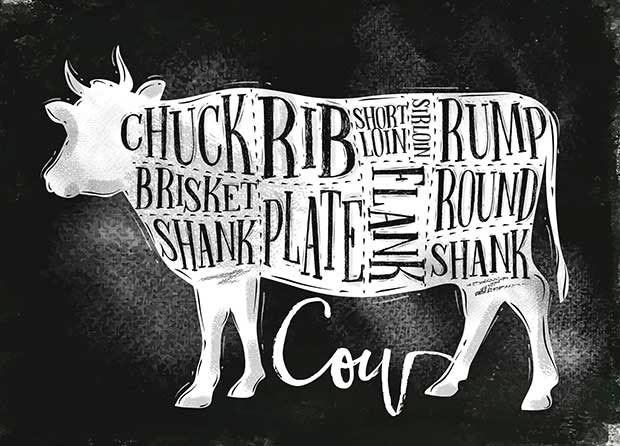
In each species, I have the matriarch, the house cow, the sow (now Sally’s daughter), the pet ewe and even one patriarch, the pet drake we raised from an egg.
They are my friends, my buddies, my carefully chosen breeding stock. I raise them from babies, named and trained. They will live past the edible age and will be put down when in pain.
They come when called and bring the others with them, making animal management much easier. The rest are just future food.
TO BE OR NOT TO BE?
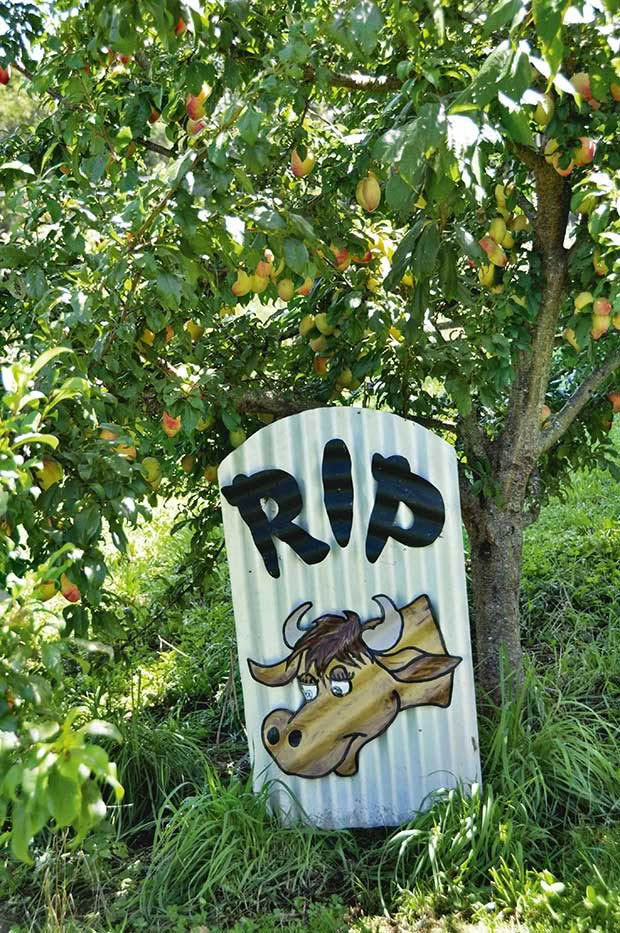
It is about now the woofers start to look a bit pale. I bastardise a quote from Tennyson: is it better to love and lose than to never love at all? And is it better to live and die than never live at all?
That is farming reality. I have read of a cow sanctuary in England where no animals are killed. They breed their cows every three years to prevent over-population and survive on charitable donations. But there are not enough charitable donations to support the rest of the world’s cow population.
I agree with philosophies of rare breed societies who say to keep a breed going we need to eat it, because then we will breed it.
Nature uses predators, starvation, and disease to keep wild populations under control. None of those are pretty. Ask my steer if it would rather run wild and free on an African prairie, scavenging for food and water and be hunted on a daily basis?
Or would he rather be cosseted and fed in a lush Waikato paddock, sheltered and protected, his every need attended to, then have his life painlessly and instantly ended before he experiences the aches and pains of old age? I know which I would choose.
Let’s say I am a charitable owner. Let’s say he is allowed to live to a grand old age.
Allowed to live until his teeth start to fall out and he can no longer eat enough to keep the winter cold at bay. Until he gets skinnier and skinnier and one wet and cold night he finally gives up the fight, his useless body worth nothing but fertiliser.
Which is kinder and more respectful? To be killed and utilised in one’s prime, making a worthy addition to the food chain? Or to suffer the tortures of old age and be wasted?
RESPECT
My animals lead a life of luxury. I like to keep a beefie until they are three years old, not for the extra growth but the extra flavour. The kill is done at home, in the paddock they have known all their life, instantly and painlessly.
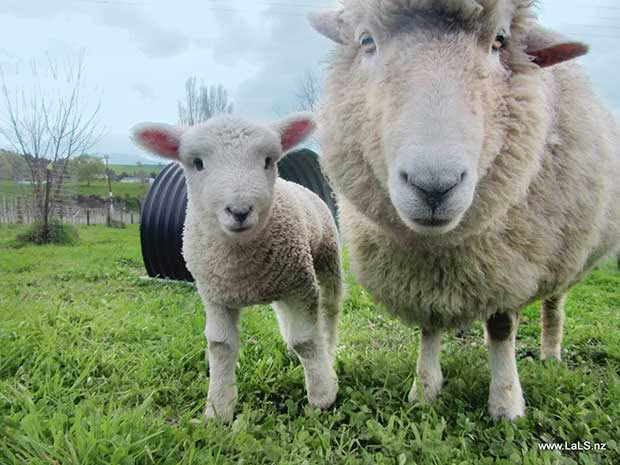
I utilise as much as the carcass as I can. The offal is turned into cat food, the bones into beef broth. It seems disrespectful to waste it.
I like to be present at an animal’s death. I am as responsible for their lives as I am for their deaths and if need be, I will pull the trigger. At this time I say goodbye, and thank them for their life.
I can understand why older cultures have rituals around a kill. For me, it adds to the respect for their contribution and sacrifice if I am there and acknowledge it.
I share this philosophy with visitors, and am sorry it cannot be packaged in the plastic trays at the supermarket.
Most wwoofers take the opportunity to watch a kill. My butcher is wonderful with these assorted audiences and their millions of questions. The principal vegetarians say they are ok with eating my meat. We call it happy meat.
DOING THE DEED
The physical act of ending a life is just another task to be done when you are responsible for an animal. It doesn’t worry me. That’s possibly because I was exposed to it from a young age, helping Dad on the farm, but mostly I think it’s because of the respect and practical reasoning I have. But I can understand it is not for everyone.
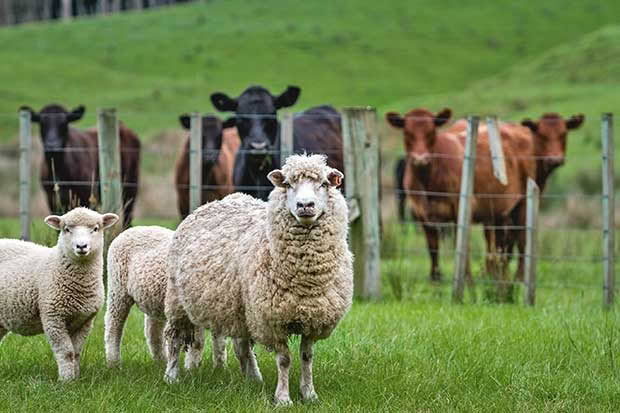
I prefer nowadays to get a professional to homekill my pigs and cows. I don’t have a gun license and they have all the right gear which makes the whole job much easier.
I even call them for my sheep as their butchering is much better than mine.
We will often tackle dog tucker, where the rough butchering is of no account, but the only animals I kill nowadays are chickens and ducks.
My pigs are killed while they are eating. Mothers and brothers don’t even flick an eyelid and just take their place at the trough.
However, my cows get upset when they see another member of their small herd killed. I take them as far away as possible, but on a small block like ours (3.5ha, 8.6 acres) it is impossible to have them out of sound and sight.
Never kill a horse in a yard or gateway you use to work other horses. The smell of death can withstand scrubbing with bleach and linger in the grass for years, and can be detected by and upset other horses.
1 TIP FOR GOOD MEAT
Cutting an animal’s throat after killing allows the blood to pump out of the muscle.
Even if it’s only to be used for dog food, do this immediately while the animal is still in its death spasms. Removing the blood stops the meat from spoiling and is better for flavour and texture.
POPULATION CONTROL
If you enjoy the joy of birth and cuteness and playfulness of a young animal, you need to be practical and reasonable about death. You can’t have one without the other.
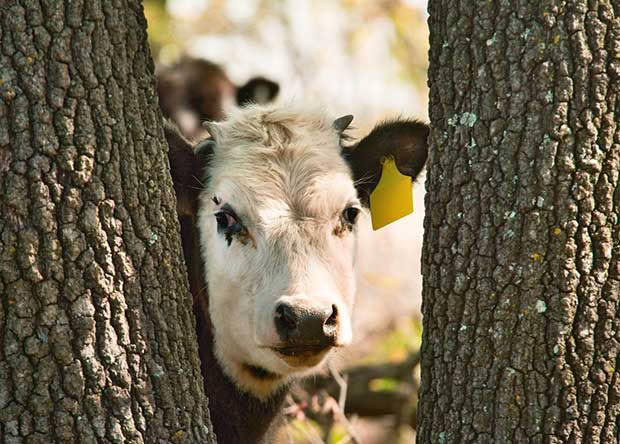
Think carefully before obtaining any animal. You are going to be responsible for its care for life, and have to deal with its demise. If you are not prepared to deal with that, don’t take on the animal.
If you have no intention of breeding from that animal, get it desexed. A pet cat and dog will travel to find a mate and you’ll have babies. Getting rid of babies responsibly is not easy.
A male farm animal will get bolshie and dangerous when fully grown if left entire. Pet ones are even worse as they have no fear or respect of humans but see you as one of their herd that needs to be dominated. Nobody wants a full-grown ram, full of testosterone, with no fear of humans. It is dangerous.
If you want to keep a male as a pet, or even until he goes into the freezer, ask a farmer friend or vet to castrate them.
Overstocked lifestyle blocks where excess animals are kept for compassionate reasons is often cruel to everybody when food becomes short.
At the end of each autumn and spring evaluate the stock in your paddocks. Overstocking is detrimental to all animals, your pasture and your soil, and you and your budget if you are buying in supplementary feed.
It is much kinder to all concerned to cull, and improve the quality and quantity of available feed and health of the remaining animals.
You own the animals and it is your responsibility to make the hard call when needed for the benefit of all. Sell, eat or euthanise unwanted stock earlier rather than later.
I believe stock live in the moment. Who knows what animals contemplate when chewing their cud, but I doubt it is the afterlife. It is us humans who fear death and put those connotations onto animals. I believe giving animals a good life and a painless death is more important than giving them a long life.
2 TIPS FOR ANIMAL BURIAL
If you have a dead animal to bury, plant a tree on top. The remains are great blood and bone fertiliser and the tree makes a nice headstone. Just make sure there’s a good depth of soil between the body and the tree roots.
If you are doing homekill regularly, consider getting an offal hole drilled. Most firms that drill water bores will drill you a deep hole and fit it with a secure concrete lid.
Love this story? Subscribe now!
 This article first appeared in NZ Lifestyle Block Magazine.
This article first appeared in NZ Lifestyle Block Magazine.
